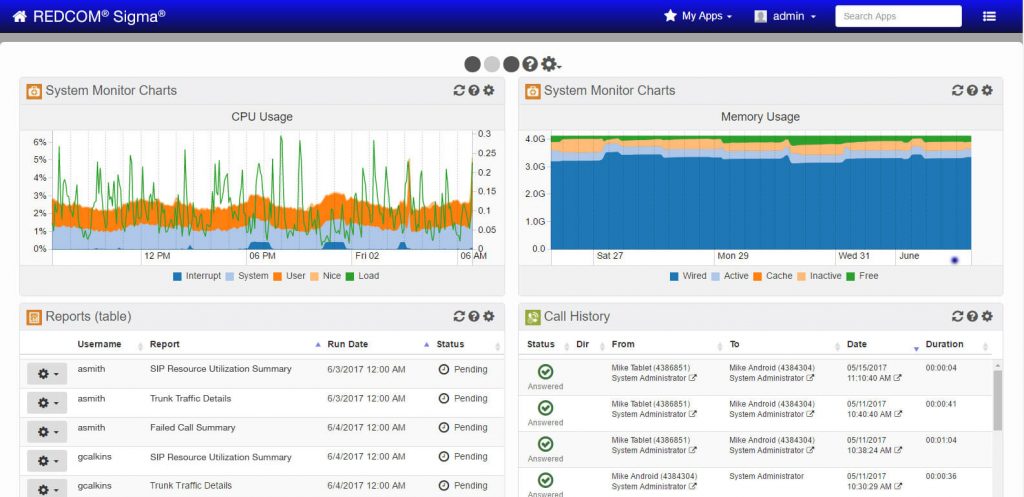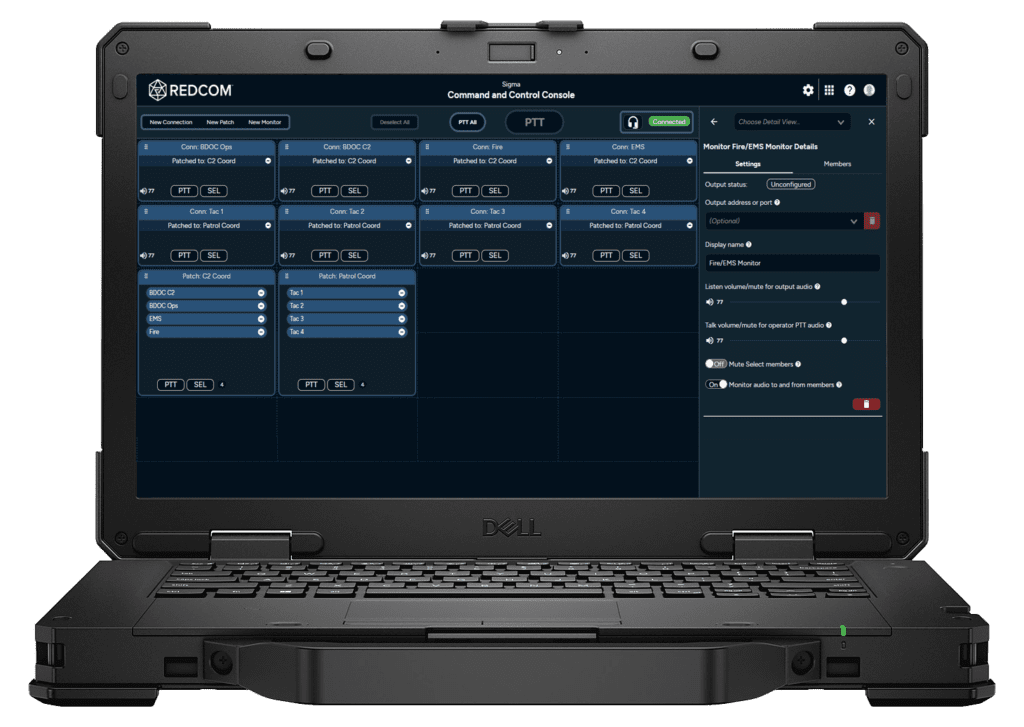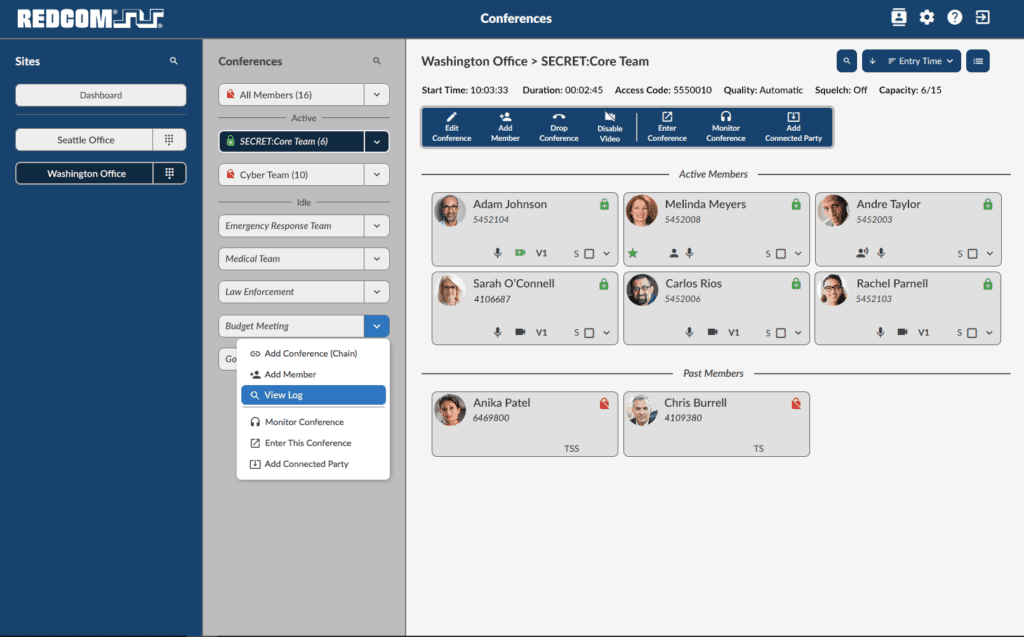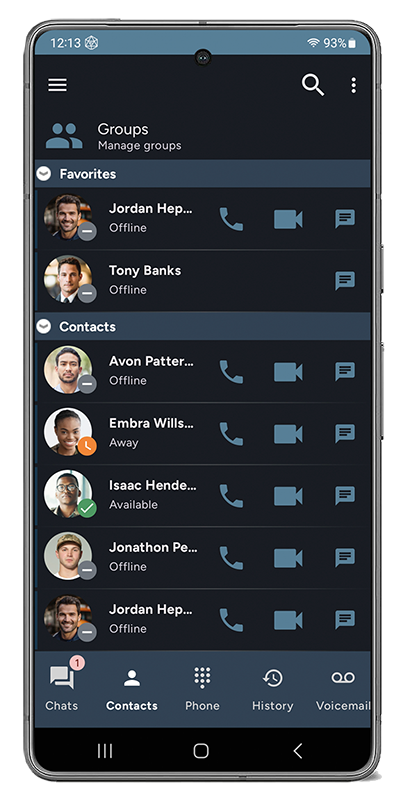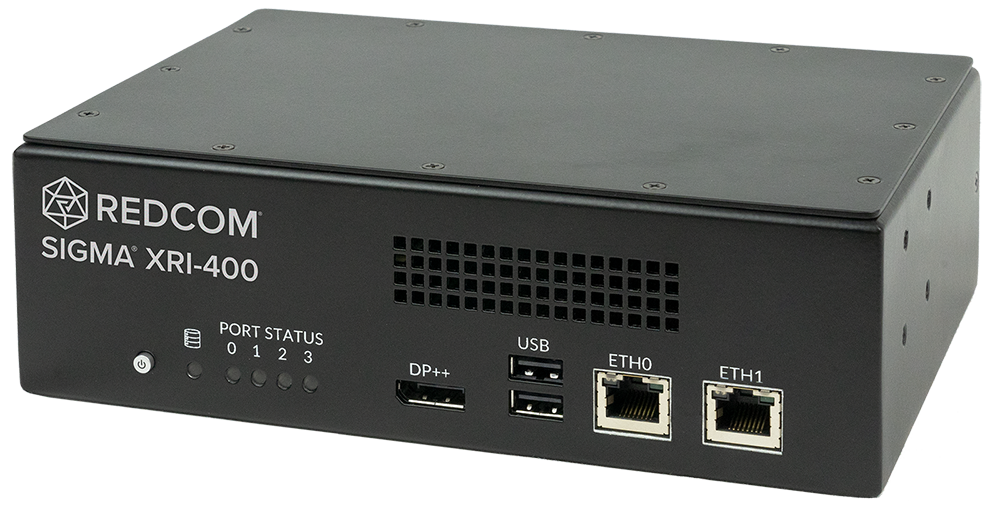Evolve Cellular Acquires IMSWorkX from REDCOM

REDCOM Laboratories, Inc. announced today that it has sold the business assets of IMSWorkX to Evolve Cellular, Inc. REDCOM acquired IMSWorkX in December 2018 and has continued to enhance the underlying technology.
REDCOM continues to demonstrate effectiveness of STIR/SHAKEN caller authentication standards with the ATIS Robocalling Testbed

REDCOM Laboratories, Inc., the leading provider of solutions for the network service layer, announced today it has successfully completed interoperability testing with the ATIS Robocalling Testbed that demonstrates the interoperability of the company’s STIR/SHAKEN implementation within the REDCOM Personalized Call Screening software.
